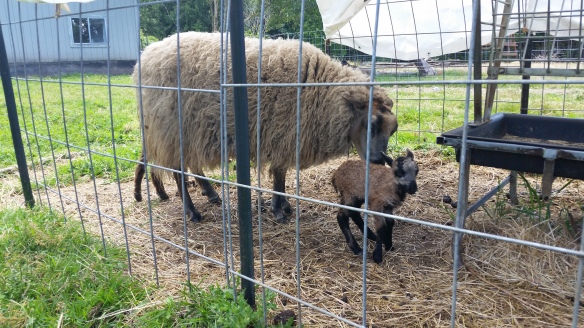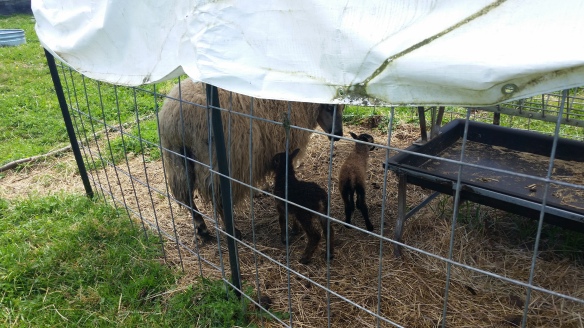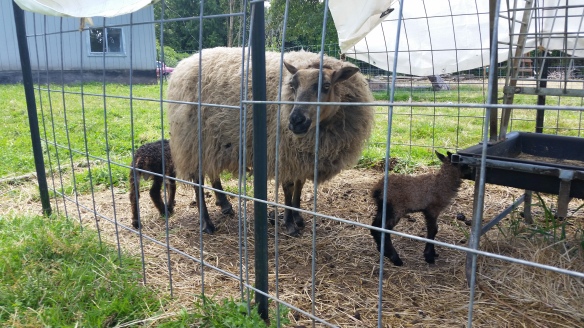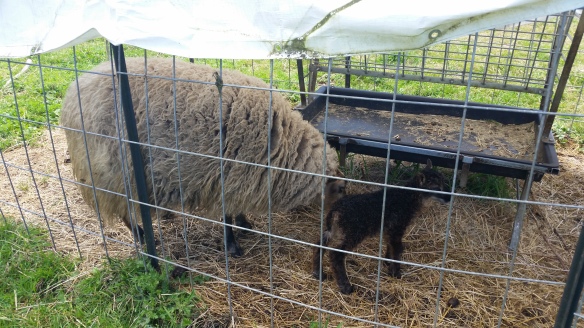Sometimes the more extreme environmentalists are right and one case is Greenpeace flipping out about Golden Rice, which is GMO rice fortified with beta carotene. For the childrenz. It hasn’t been seriously tested for bioavailability or malabsorption problems on vitamin A deficient humans. There was a smidge of testing done in the last couple of years after people kept pointing out the lack of human testing for this food that was supposed to be rolled out to feed millions. And that testing didn’t really deal with the issue that not everyone can convert beta carotene to vitamin A effectively– especially, among, uh, women and young children.
The best any of it showed was that Golden Rice was equivalent to mediocre (and cheaper!) supplements. Which are well-known for not being standardized in bioavailability. You can only standardize the production, not how each human body works with absorbing nutrients from a pill, without the adjuncts in food that tend to enhance absorption and retention.
If people are not getting enough vitamin A, the solution is animal sources– meat (including bugs and offal), eggs, dairy (including cheese, butter, or ghee). All cultures have allowance for one of those three options in some form or another and you are getting straight up vitamin A, not having to convert from beta carotene, which is quite inefficient, especially in a low animal products diet. And some people can’t even make the conversion happen at all effectively and just need to get vitamin A from animal sources to avoid deficiency.
But of course nobody is advocating the spending of jillions of dollars on getting poor brown people more meat and eggs in their bowls of non-golden rice and maize. Maize is next, once they can roll out the rice. No, we’re supposed to keep shelling out tons of public dollars to private entities to develop golden rice and golden maize, both of which are extremely unlikely to solve the vitamin A deficiency problem and are highly likely to introduce some new fun problems of their own if they get out into mass consumption.
And way too many people use stuff like Golden Rice to shut down any discussion of simpler (possibly even *gasp* cheaper) alternatives to a very real and damaging problem. The idea that increased animal product consumption might well pencil out cheaper and more ecologically sound and more deficiency-correcting than Golden this or that is of course crimethink. No, questioning Golden Rice just means you’re a dumb environmentalist who hates the poor eating untested GMO food with possibly toxic levels of beta carotene because you want them to die of blindness or something.
Anyway if someone is talking about how swell engineered food like Golden Rice is, ask them why dessicated liver wasn’t used instead of spending the money on shiny technology to solve a problem that can be solved with, well, dessicated liver as one example. There’s a supplement that could use some standardization and population testing, but would basically work at a fraction of the development costs of Golden Rice, with much reduced potential for side effects.
But there I go with the crazy talk again. Oh well. I’m just a silly luddite, clearly.




